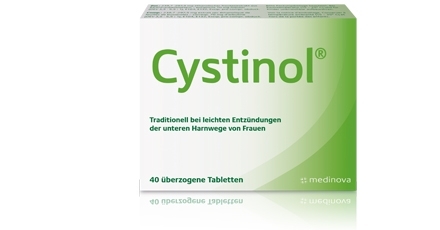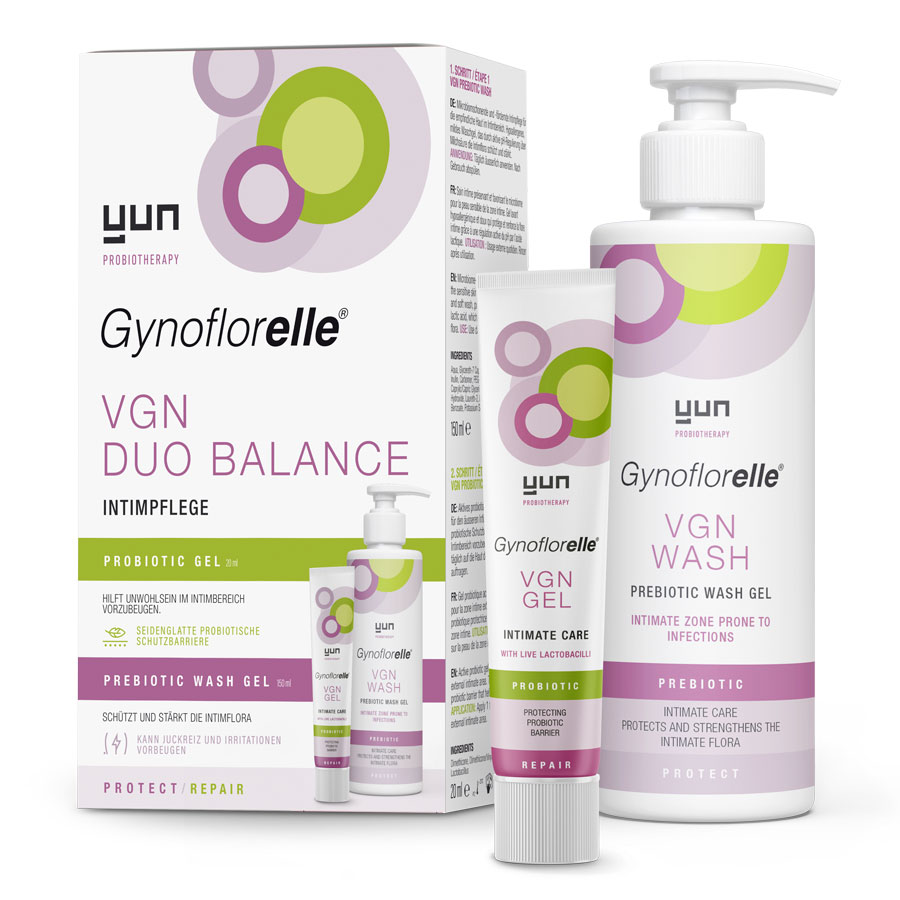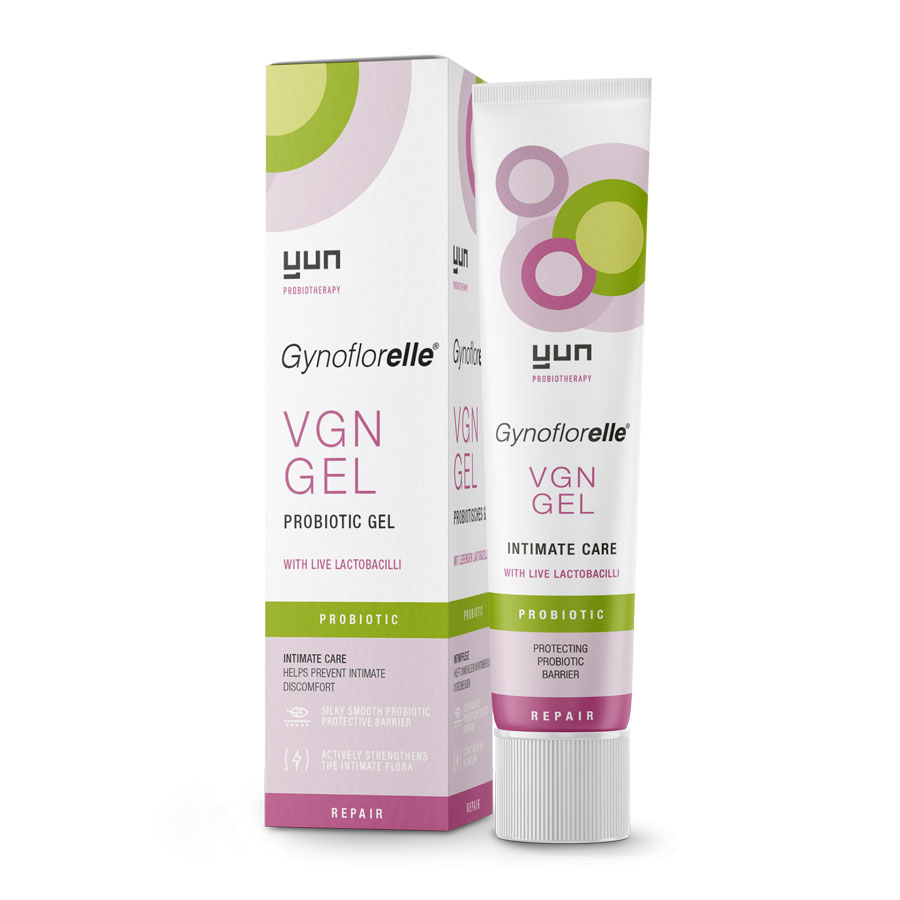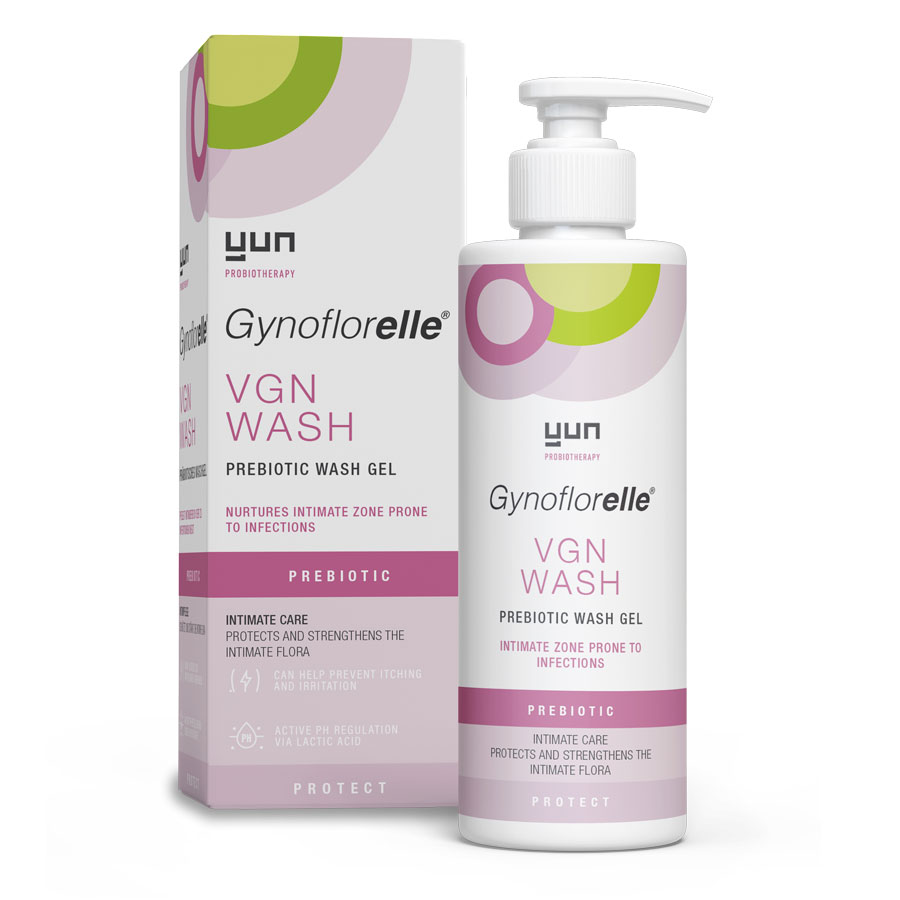Gynaecology
A Healthy Balance for Intimate Comfort
The vaginal microbiome plays a key role in the protective mechanisms of the female intimate area. It consists of the vaginal mucosa and a variety of lactic acid bacteria (lactobacilli), which stabilize the vaginal flora and prevent infections. Lactobacilli adhere to the vaginal mucosa and form a protective barrier against pathogenic germs. These natural protective bacteria produce lactic acid, which is responsible for the acidic environment of the vagina (pH 3.8 – 4.5). This acidity helps inhibit the growth of unwanted microorganisms.
In addition to producing lactic acid, they also release antimicrobial substances that inhibit the growth of infectious agents.
Even outside the vagina, in the vulva area, these protective lactobacilli contribute to the defense against harmful germs.
Why Is a Healthy Intimate Flora Important?
Key components of a healthy intimate flora include a well-developed vaginal mucosa and the natural vaginal flora with lactic acid bacteria. The vaginal mucosa plays a crucial role in moisture regulation and vaginal elasticity. It serves as the foundation for lactobacilli, which help maintain the microbiological balance. The structure and function of the mucosa are primarily regulated by estrogen.
The balance and interaction between the intact vaginal mucosa and lactobacilli play an important role in the body’s natural defense against harmful germs and in maintaining a healthy intimate flora.
Vaginal Infections
When to Seek Medical Advice?
Untreated infections not only affect well-being but can also lead to long-term complications. For example, during pregnancy, bacterial vaginosis can increase the risk of preterm birth, or frequent urinary tract infections may occur.
Some vaginal infections, particularly the common bacterial vaginosis (BV), often have no clear symptoms or only mild discomfort.
If symptoms occur or an infection is suspected, a medical examination is recommended for an accurate diagnosis and appropriate treatment. This is especially important for pregnant women, as infections can pose risks to the unborn child.










